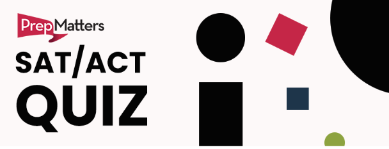Posted on: May 6, 2020
When you’re writing an introduction, think of yourself as a prosecutor making opening arguments. You want to make a compelling case — one that you’ll spend the rest of the essay defending. There are typically three parts to an introduction: a “hook,” which draws the reader into your paper, a “setup,” which gives the reader just enough information to understand the thesis, and a thesis statement, which establishes the main arguments of the paper.
The Hook
The “hook” is your opportunity to get your reader interested in the rest of your essay. Imagine that you’re writing for someone other than your teacher. What would make them want to keep reading? A basic statement about the plot of a novel might seem like a straightforward way to start, but it probably won’t grab anyone’s attention. Try something a little catchier, like an anecdote from the novel that encapsulates the major themes you plan to discuss. Yes, your teacher has to read your paper regardless, but it helps to keep them engaged as they’re reading.
The Setup
After you write your hook, you’ll need a few sentences that introduce your reader to your main ideas and thesis statement. Be careful not to include too much information here. You want to tell your reader just what they need to know to make sense of your thesis. You don’t need to summarize the entire novel or lay out all of the factors that led to World War II. There’s plenty of time to weave this information into the body of your essay, so limit yourself to the essential information for now.
The Thesis Statement
Developing a strong thesis statement is often the most challenging part of essay writing. A good thesis is an argument rather than a statement of fact. That means that a reasonable person should be able to disagree with your thesis. A really strong thesis will also preview the main sub-arguments of the paper so the reader knows exactly what you plan to discuss in each body paragraph. In this way, a thesis can serve as both an argument and a brief outline of the paper.
When to write the introduction…
Though your introduction is the first thing your teacher will read, it may be the last thing that you write. That’s because writing a good introduction requires you to be deeply familiar with your paper and its main arguments. While you’ll develop a provisional thesis and topic sentences during the outlining phase, try writing your introduction last. This will ensure that you’re putting forward the strongest version of your argument, which has hopefully developed as you’ve worked on your paper. You will also have a better understanding of which pieces of information you need to include in the introduction and which you will cover in the body paragraphs.
If you want to write your paper in order, that’s fine too. Just make sure to go back and revise the introduction when you’re done with your essay so that you can refine it based on everything that comes next.




